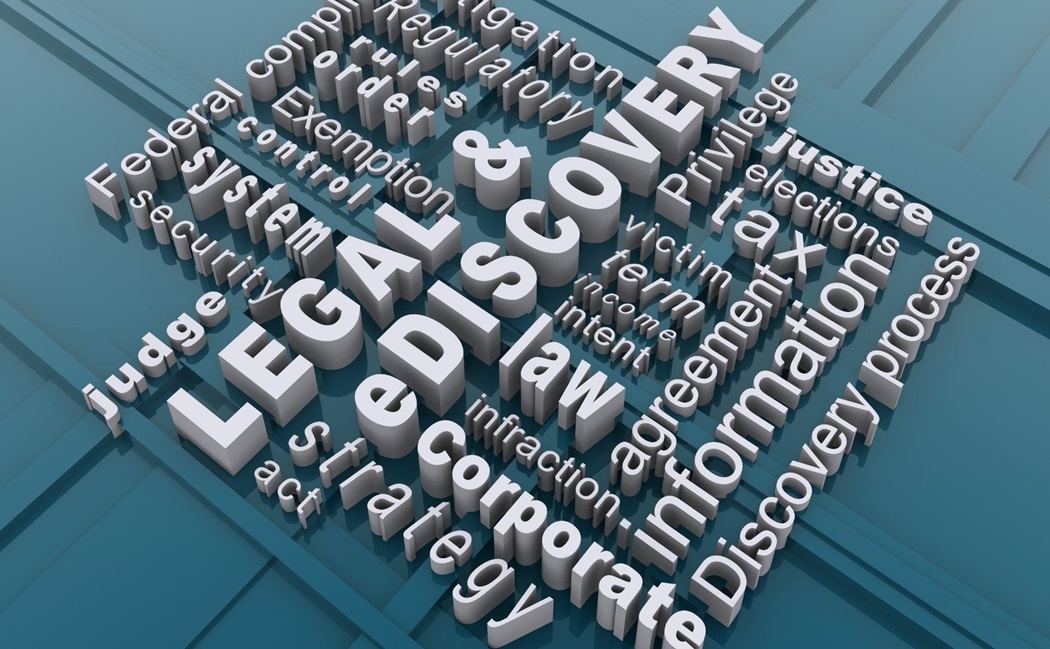
In the digital age, more and more evidence is being stored electronically. It has led to the rise of e-discovery, a process that allows lawyers to find and use this electronic evidence in court cases. It is an important part of the legal process and can be used to find evidence that may be relevant to a case. In this article, we will discuss what e-discovery is and how it works.
What is E-Discovery?
E-discovery is the process of preserving, collecting, and analyzing electronic data in response to a discovery request in a legal proceeding. The goal of e-discovery litigation is to find relevant information that can be used as evidence in court.
E-discovery tools are used by lawyers, law firms, government agencies, and companies to find relevant electronic data to a case. They allow you to search for and retrieve electronic data from multiple sources at once. Some examples of tools include email archiving software, cloud storage, and social media platforms.
What is the Process of E-Discovery?
The process of e-discovery can be divided into three stages: preservation, collection, and analysis.
Preservation is the first step in e-discovery. In order to preserve electronic data, you need to have a plan for how you will collect and store it. You also need to ensure that you have the right tools to collect and store data.
The collection is the next step in e-discovery. In order to collect electronic data, you need to identify the sources of information that you want to collect and then develop a plan for how you will gather that data. You also need to make sure that you have the right tools in place to collect and store data.
The analysis is the final step in e-discovery. To analyze electronic data, you need to identify the sources of information you want to analyze and then develop a plan for gathering that data. You also need to make sure that you have the right tools in place to collect and store data.
How Does E-Discovery Work?
E-discovery works by using technology to help you find relevant information about a case. There are many different types of e-discovery tools, but they all have one thing in common: they allow you to search for and retrieve electronic data from multiple sources at once. Some examples of tools include email archiving software, cloud storage, and social media platforms.
To Conclude
This was a brief overview of what e-discovery is and how it works. For more information, it’s best to consult a law firm back-office outsourcing to help guide you through the process.
